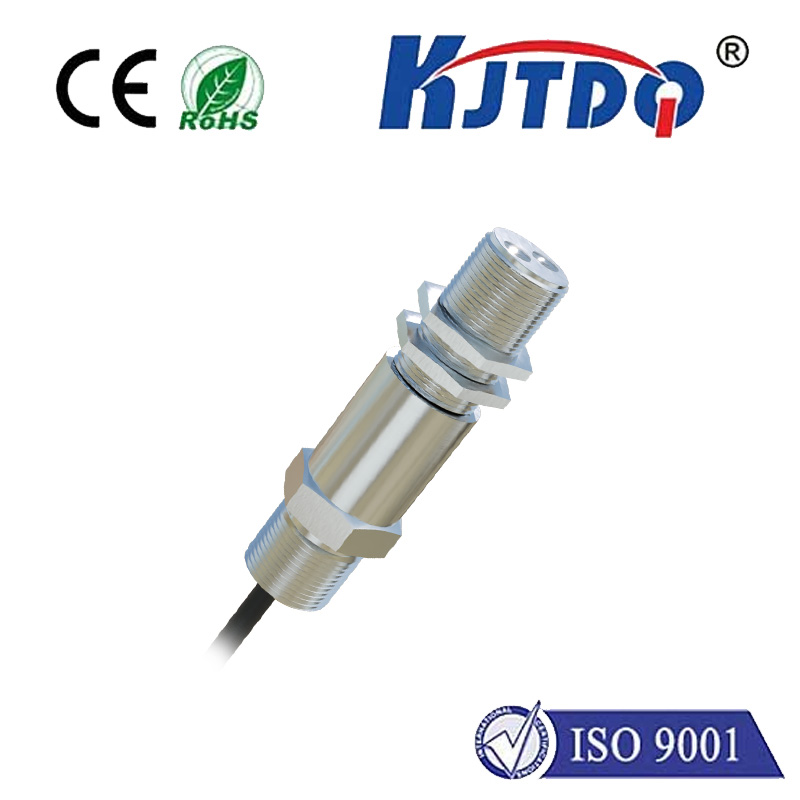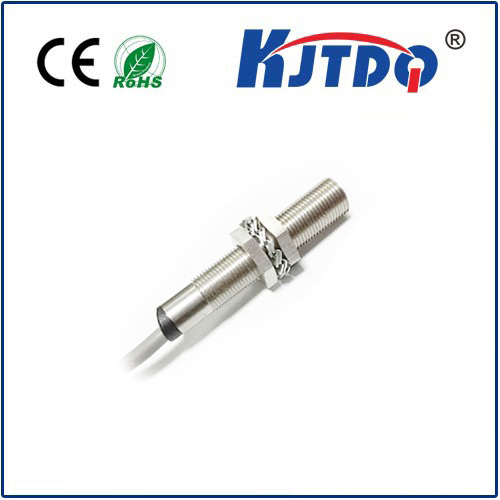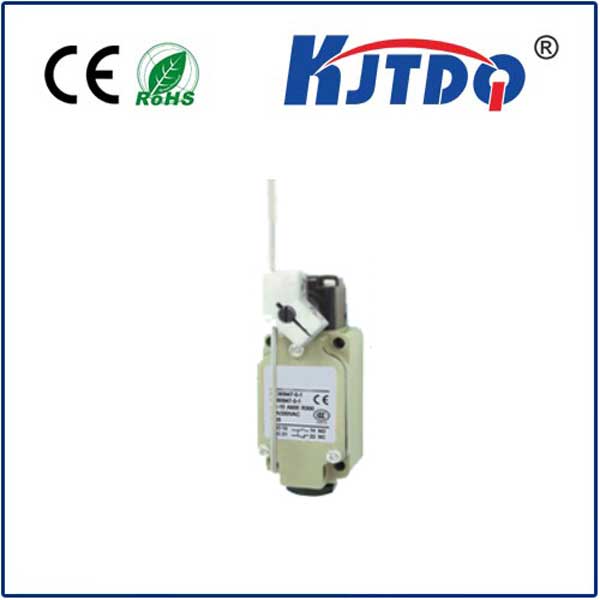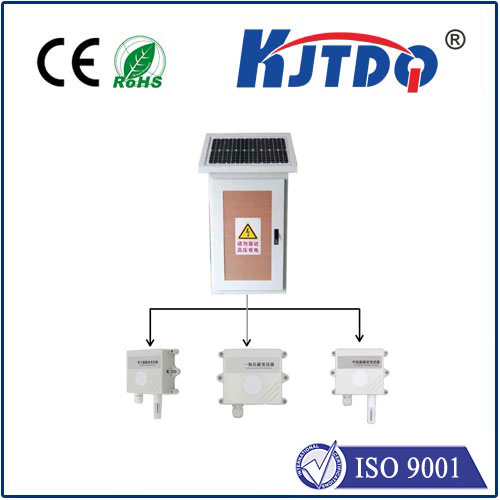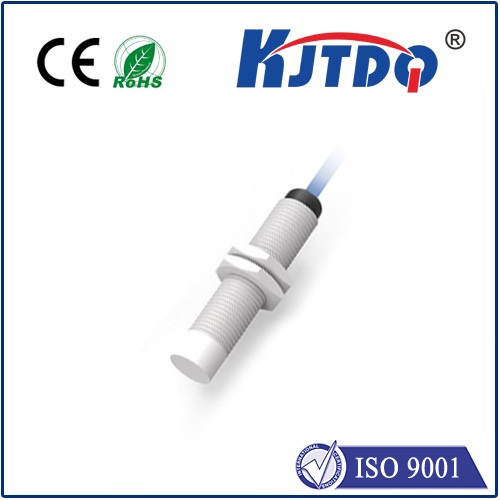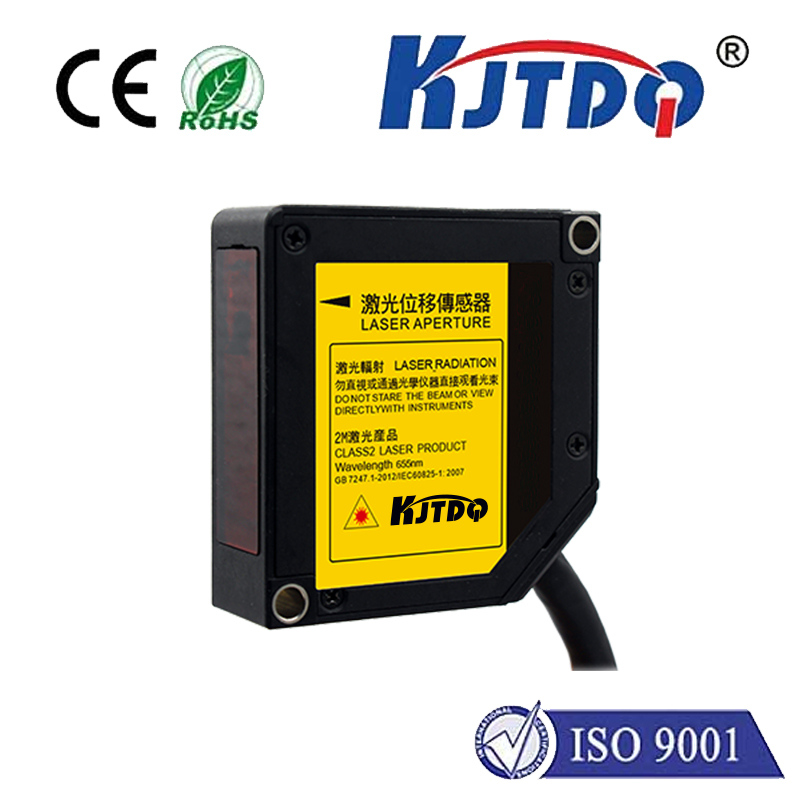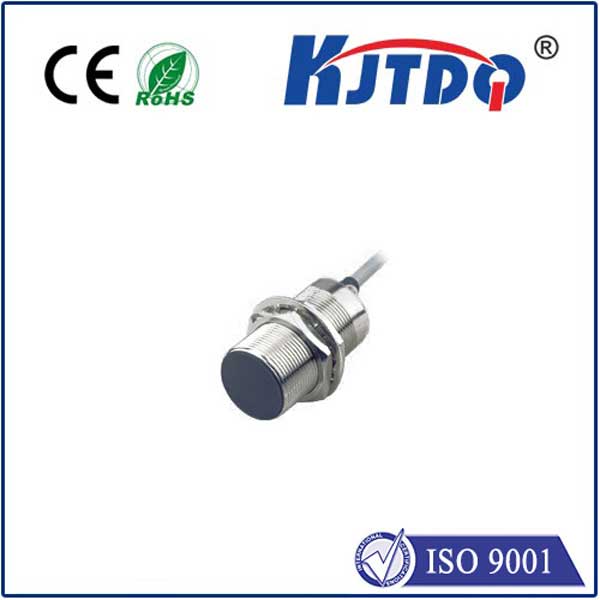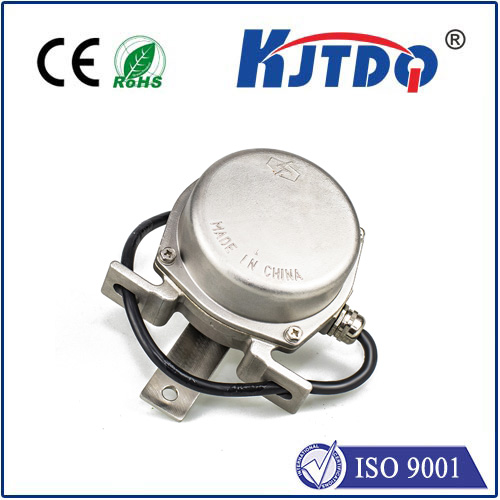
check

check

check

check
Introduction:
The world is constantly evolving, and so are the technologies that power it. One such technology that has gained significant traction in recent years is the battery-operated proximity sensor. This innovative device has completely transformed the way we interact with our surroundings and has opened up a realm of possibilities for various industries. In this article, we will delve into the revolutionary nature of this sensor and explore its potential applications and benefits.
Body:
I. The Evolution of Proximity Sensors
A. Historical Overview of Proximity Sensors
1. Early Models and Their Applications
2. Advancements in Technology and their Impact on Proximity Sensors
B. The Transition to Battery-Operated Proximity Sensors
1. Advantages ofBattery-Operated Proximity Sensors over Alternatives
2. Integration with IoT Devices and Smart Homes
C. Current State of Battery-Operated Proximity Sensors
1. Market Demand and Growth Potential
2. Developments in Battery Technology and its Impact on Proximity Sensors
II. The Features and Benefits of Battery-Operated Proximity Sensors
A. High Accuracy and Sensitivity
1. Mechanisms Behind Accuracy and Sensitivity
2. Applications where High Accuracy is Essential
B. Long Battery Life and Easy Maintenance
1. Advanced Battery Technology and its Impact on Durability
2. Simple Design and Easy Replaceable Batteries
C. Cost-Effective and Scalable Solutions
1. Lower Costs compared to Traditional Proximity Sensors
2. Flexibility in Design and Size for Different Applications
D. Enhanced User Experience through Integration with IoT Devices
1. Seamless Integration with Smart Devices
2. Real-Time Data Collection and Analysis for Improved Decision Making
III. Potential Applications of Battery-Operated Proximity Sensors
A. Industrial Automation and Monitoring
1. Maximizing Efficiency in Manufacturing Processes
2. Remote Monitoring and Asset Tracking in Construction and Transportation Industries
B. Healthcare and Medical Applications
1. Enhanced Patient Monitoring and Caregiving Solutions
2. Preventive Measures in Infection Control and Epidemic Response Programs
C. Consumer Electronics and Lifestyle Products
1. Enhance the User Experience in Smart Home Appliances and IoT Devices
2. Improved Accessibility for People with Disabilities or Mobility Issues
D. Security and Safety Applications
1. Enhanced Security Measures in Commercial Properties and Public Spaces
2. Real-Time Location Tracking for Emergency Response and Disaster Management
IV. Challenges and Future Developments of Battery-Operated Proximity Sensors
A. Technical Challenges faced by Battery-Operated Proximity Sensors
1. Battery Life, Charging Time, and Temperature Management
2. Sensing Range, Noise, and Interference from External Sources
B. Regulatory Frameworks for Battery-Operated Proximity Sensors in Different Regions
1. Standards for Performance, Safety, and Environmental Considerations (REACH)
2. Harmonized Global Regulations (RoHS) for Hazardous Materials in Electronics Production
3. Emerging Opportunities in Energy Storage Technology for Proximity Sensors (e.g., Ultracapacitors)
